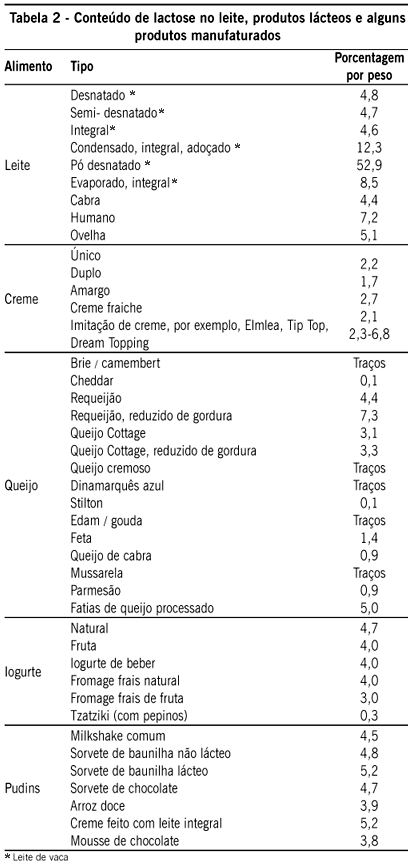In most mammals, lactase activity declines on the intestinal wall after weaning, characterizing primary hypolactasia that provokes symptoms of lactose intolerance. The intensity of symptoms of distention, flatulence, abdominal pain and diarrhea varies, according to the amount of ingested lactose, and increases with age. Hypolactasia is genetically determined; nonetheless, a mutation occurred that had made a part of mankind tolerate milk in adulthood. Diagnosis is made by a tolerance test, using the lactose challenge. With the discovery made by the Finns of polymorphism associated with lactase persistence, mainly, in Northern Europe, the genetic test was incorporated as a more comfortable diagnostic tool for the intolerant. In Brazil, 43% of Caucasian and Mulatto groups have lactase persistence allele, with hipolactasia more frequently found among Blacks and Japanese. However, in clinical practice people with hypolactasia may be advised to consume certain dairy products and food containing lactose without developing intolerance symptoms, whereas others will need a lactose restriction diet.
Lactose intolerance; Lactose factors; Epidemiology; Molecular biology


